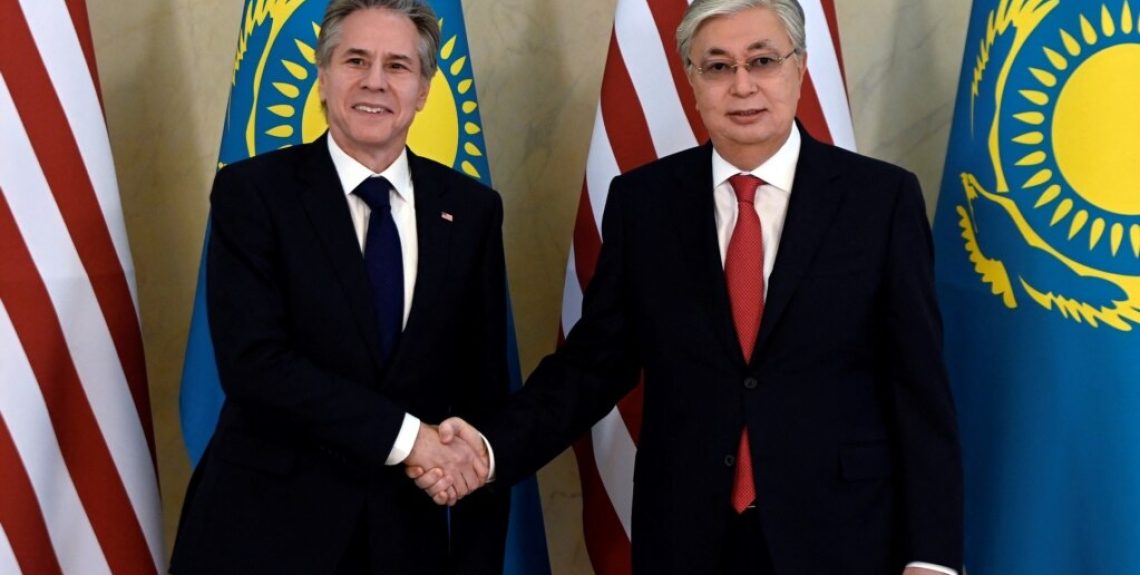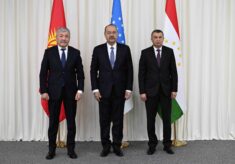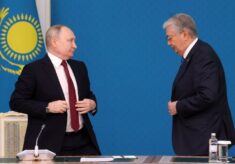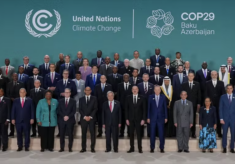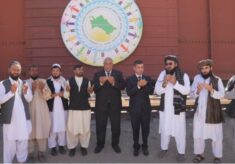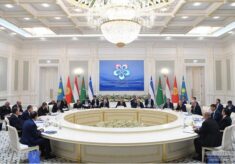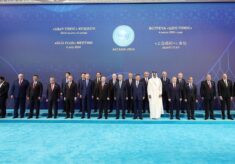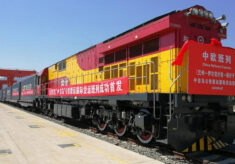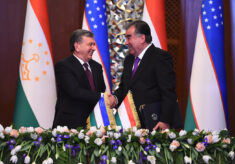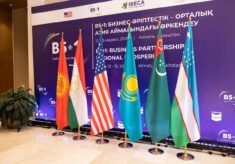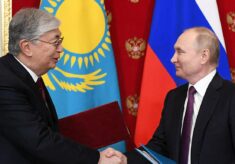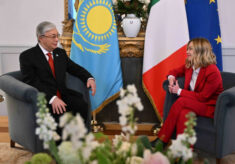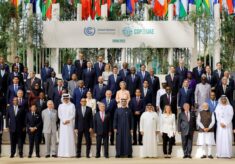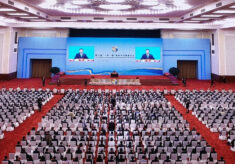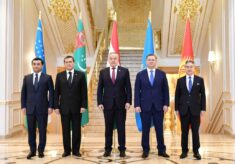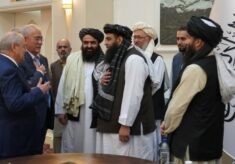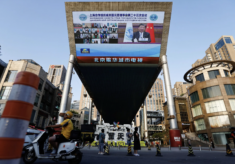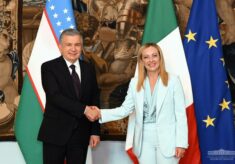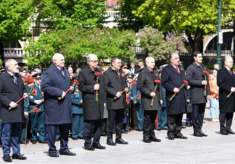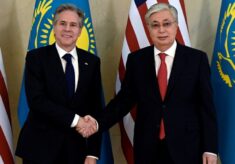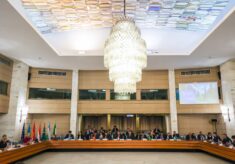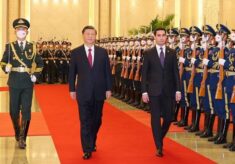The visit of US Secretary of State Antony Blinken in Central Asia has had a great political relevance, considering that the Washington wants to play the role of a reliable partner in the region offering diplomatic support and profitable opportunities to strengthen economic cooperation with Central Asian republics, particularly concerned and worried on Russian intentions in the post-Soviet space.
US State Department’s plans are aimed at assisting Central Asian economies severely affected by a combination of long-term factors (food high prices, unemployment, lack of export markets) and further weakened by the effect of the western sanctions against Russia: as members of the Russian-led Eurasian Economic Union, mainly Kazakhstan and Kyrgyzstan are damaged by the sanctions, due to their interconnected economies within the regional Custom Union. Moreover, it is a priority for the United States to counteract Russian’s strategy to bypass western sanctions using Central Asia as a transit corridor to receive goods from the West in any case.
Through the Economic Resilience Initiative for Central Asia, Washington has pledged to provide a total of $50 million to support regional connectivity, helping Central Asian states to diversify trade routes and expand investments, thus progressively easing the economic ties with Moscow and boosting their geopolitical autonomy (“Blinken strikes reassuring tone in dialogue with Central Asian partners”, Eurasianet, March 2, 2023). However, this American economic support appears negligible compared to the Chinese massive investments and loans offered to Central Asian states within the Belt and Road Initiative blueprint: consequently, the impact of the Economic Resilience Initiative will not be relevant in economic terms but as a tool for the regional states to differentiate partnerships with external actors.
Even if the US Secretary of State met all Central Asian foreign minister during the C5+1 meeting held in Astana – which currently represents the best model of regional cooperation involving Central Asian states and external actors, also used by China, EU, Japan, Italy and Russia – he also had bilateral talks with Kazakh President Tokayev and Uzbek President Mirziyoyev, the main partners for Washington in order to promote regional cooperation and to erode Russian influence, allowing these countries to successfully undertake a more balanced multi-vector strategy in foreign policy. However, Russia’s geographical proximity to Central Asian borders hampers these countries to definitely break relations with Moscow, as well as openly opposing to Russian assertive policy: during the C5+1 meeting, Kazakhstan’s Foreign Minister Mukhtar Tileuberdi emphasized that Russia is not a threat for his country (US Department of State, Secretary Anthony J. Blinken and Kazakhstan Foreign Minister Mukhtar Tileuberdi at a joint press availability, February 28, 2023), a logical position considering the long shared border and Kazakh participation in all Russian-led regional blocs (the Eurasian Economic Union and Collective Security Treaty Organization, Commonwealth of Independent States).

